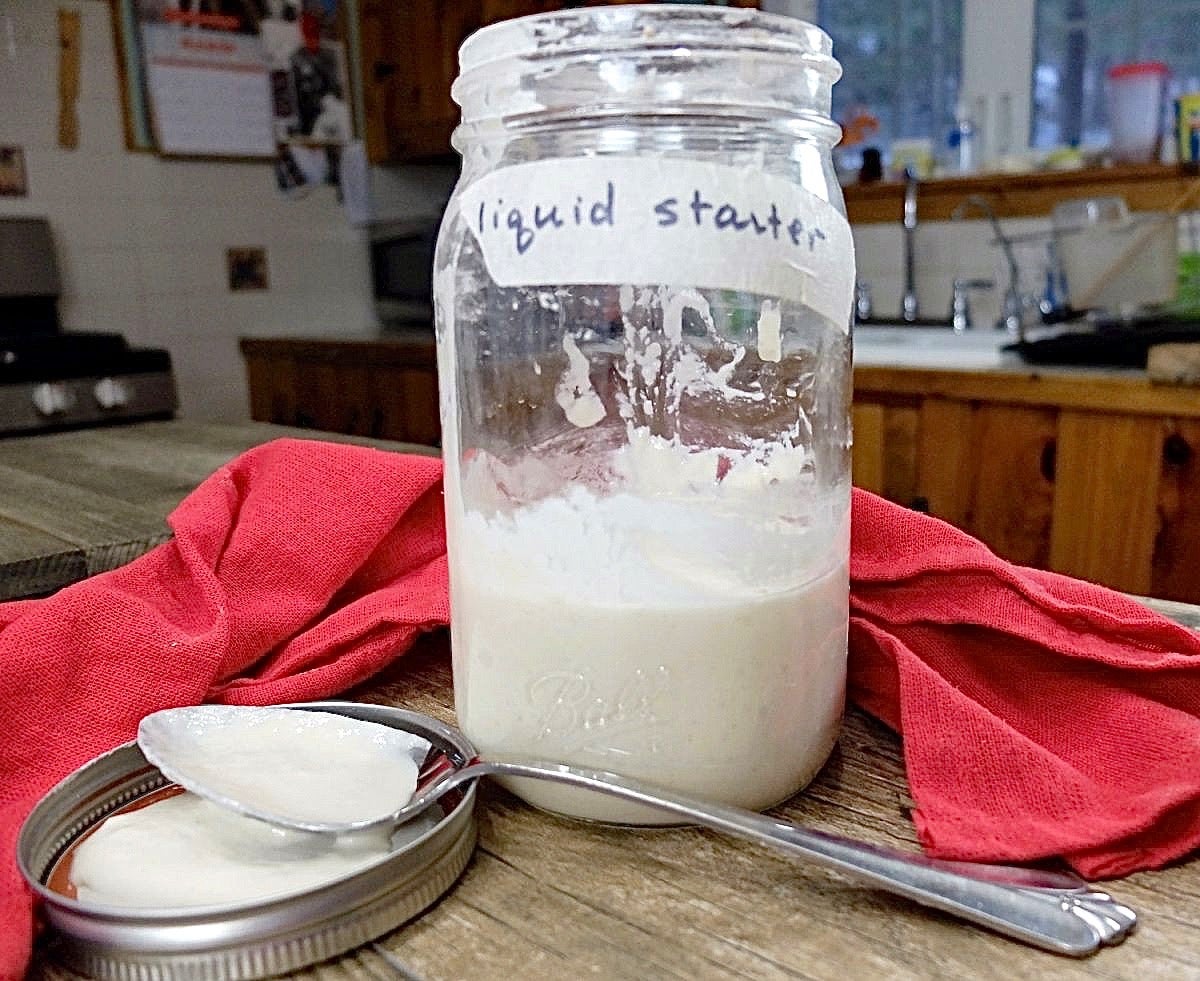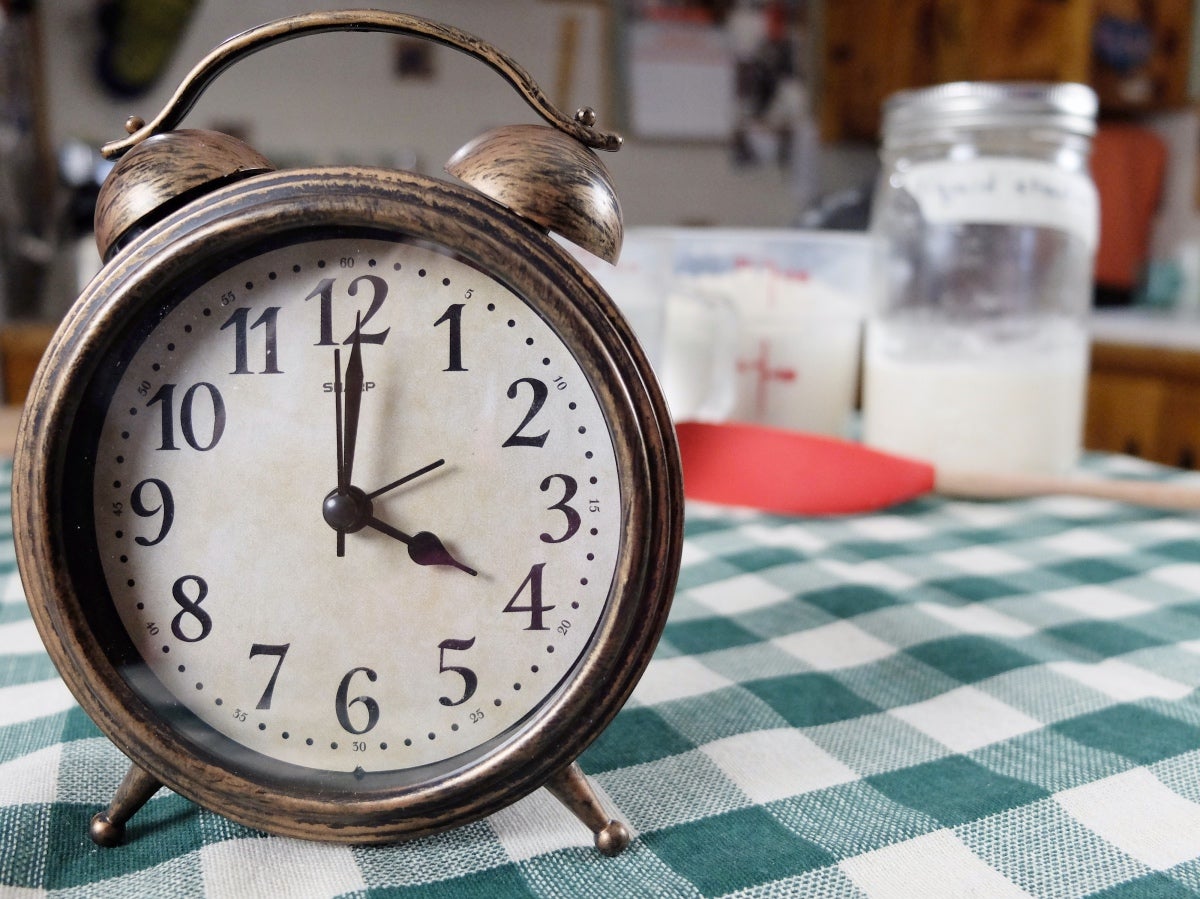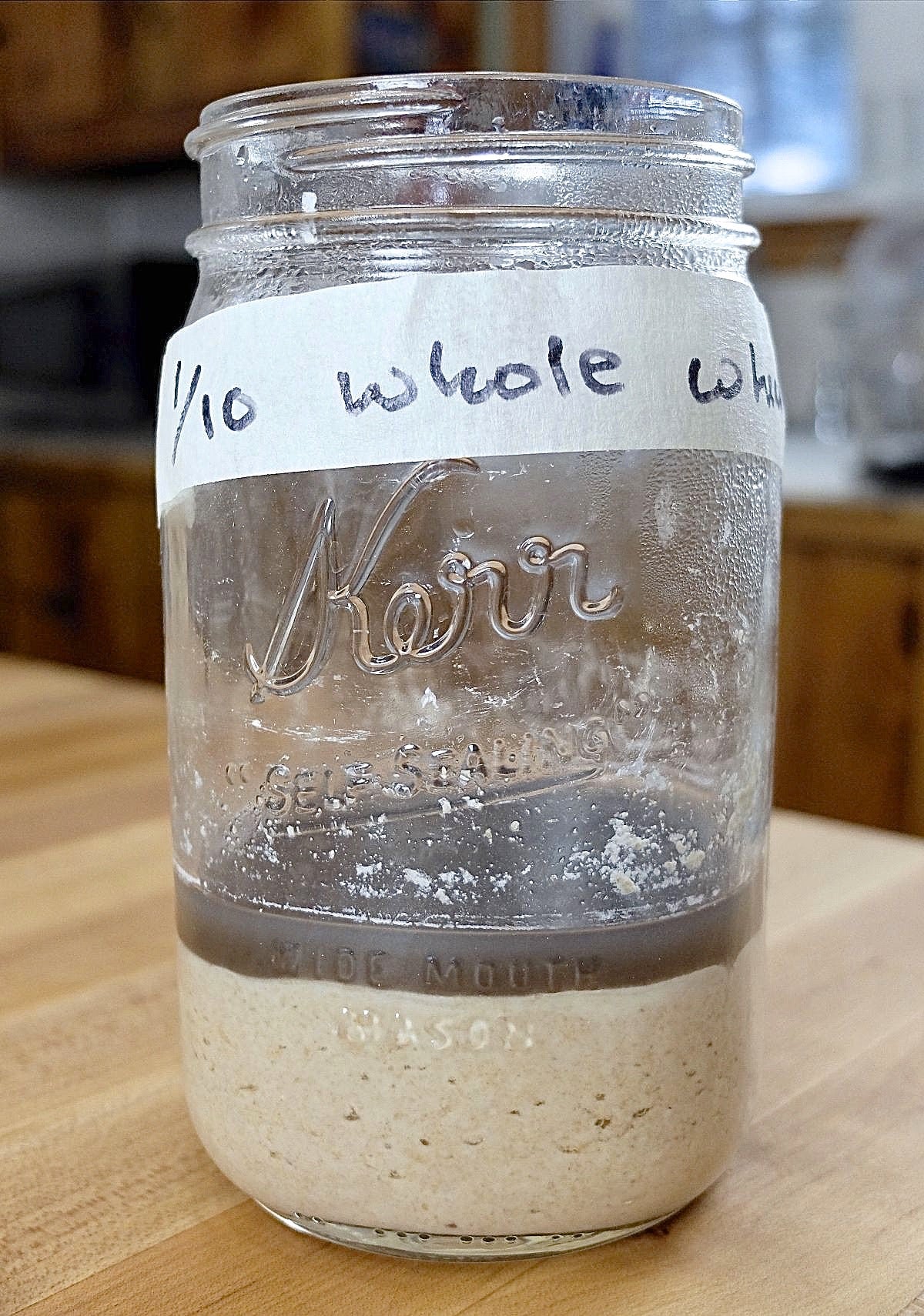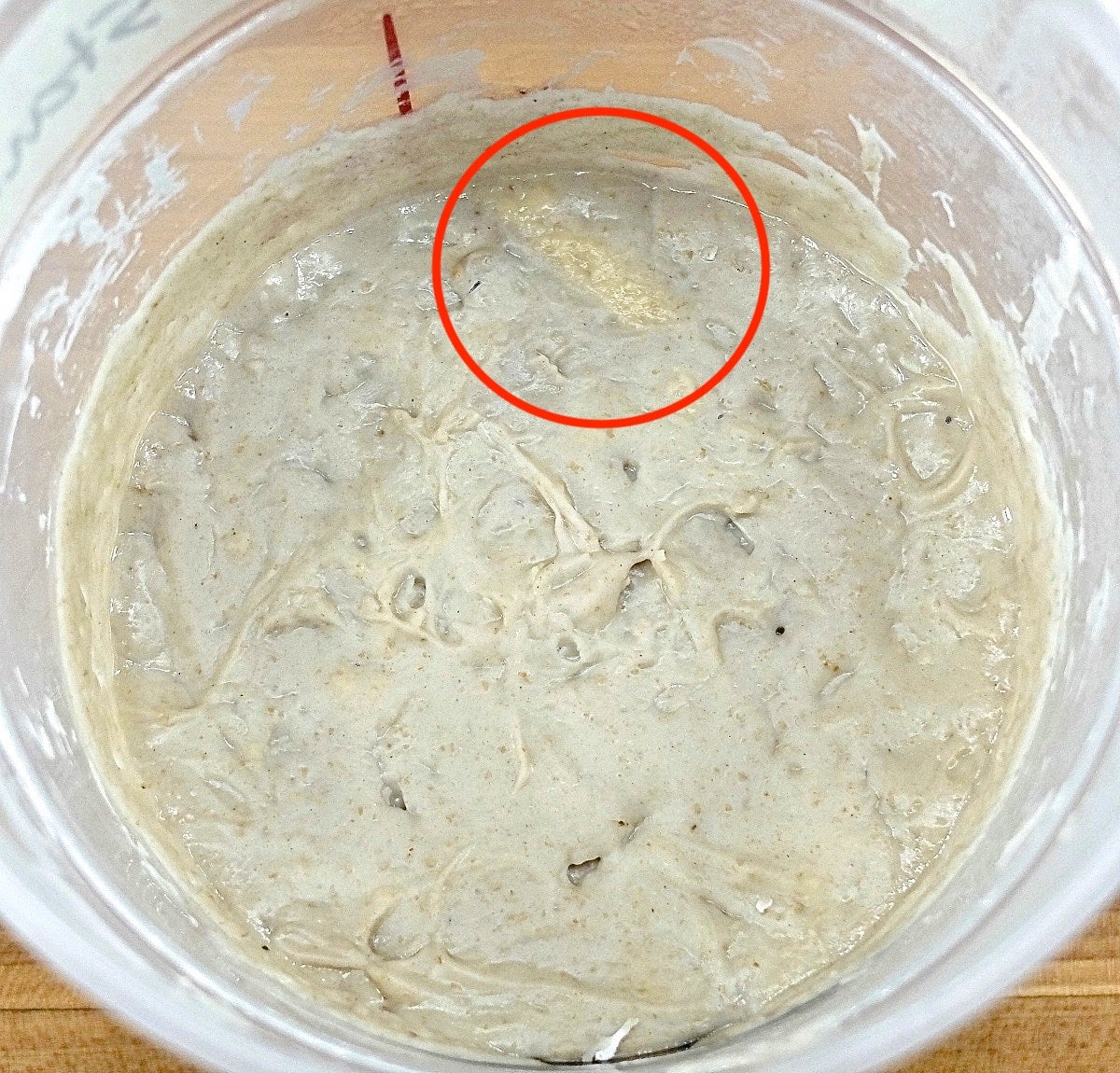


“Did I kill my starter?” This is a surprisingly common sourdough question on our Baker’s Hotline. Novice and experienced bakers alike worry about the viability of their starters and call us for sourdough starter troubleshooting advice.
For many sourdough bakers, the underlying biochemistry at work in their starter remains a bit of a mystery. Thankfully, it's quite possible to bake great sourdough bread while still being a little fuzzy when it comes to what’s actually happening in that little jar of starter.
The 6 to 10 days it takes to create a healthy and mature sourdough starter from scratch requires slightly more attention to "death threats," because a fledgling starter hasn't yet developed the defenses that characterize a mature starter. But once your starter is fully developed, it's really pretty darn hard to kill.
And if you've purchased a sourdough starter from us, rest assured that it's a mature specimen that will stand up well against unwanted bacteria or mold.

METAL: Stirring your starter with a metal spoon or placing it in a metal bowl won't kill your starter. While we don't recommend making or keeping your starter in contact with reactive metals like copper or aluminum, stainless steel is harmless.

MILD NEGLECT: Missing a feeding or not timing the feedings exactly 12 hours apart won't even come close to killing your starter. Please don't ever set your alarm to get up in the middle of the night to feed your starter!
INCORRECT FEEDINGS: Feeding your starter the wrong amount of flour or water won't kill it. While your starter may seem too dry or too wet, and may not rise the way you expect, no permanent damage has been done. You can correct its consistency by adding a little more flour or water, and then being more careful the next time you feed it.
BRIEFLY FREEZING YOUR STARTER: While there's some dispute among sourdough enthusiasts about the benefits and/or dangers of freezing sourdough starter, a brief period in the freezer isn't likely to kill a fully developed starter.
I recently froze a portion of my well-maintained starter a few hours after it was fed. Three days later I thawed it out at room temperature and let it continue to ferment. It was definitely sluggish at first, but after a second feeding it rose well and had a good aroma.
That being said, too much time in the freezer will definitely damage some of the wild yeast in your starter, and is also likely to kill off some of the friendly bacteria that contribute flavor. If you need to put your starter on hold for an extended time, we recommend drying your starter.
HEAT: If you allow your sourdough starter to ferment in the oven with the light on to keep it warm, and then forget it's in there and turn on the oven, it's unlikely your starter will make it out alive. Yeast dies at 140°F, and it's likely that your sourdough starter will suffer at temperatures even lower than that. It’s best to maintain your starter at comfortable room temperature (around 70°F), though a little higher or lower won't hurt anything.
SEVERE NEGLECT: If you neglect your starter long enough, it will develop mold or signs of being overtaken by bad bacteria. Mold can appear in various colors and is typically fuzzy in appearance. Bad bacteria is generally indicated by an orange or pink tinge or streak. Once your starter has lost its natural ability to ward off intruders, it's time to start over.

"Hooch" is the liquid that collects on the top of your starter when it hasn't been fed in awhile. This liquid is the alcohol given off as wild yeast ferments. The presence of hooch isn't a sign that your starter is in danger. However, it does indicate that your starter is hungry and needs to be fed.
When your starter is neglected for an extended period, the hooch tends to turn from clear to dark-colored. We get lots of calls from sourdough bakers worried about the safety or danger of various hooch hues. Is gray bad? What about brown or black? Surprisingly, none of these colors indicate that your starter has spoiled.

However, if you see a pink or orange tint or streak, this is a sure sign that your sourdough starter has gone bad and should be discarded. The stiff starter above was left out at room temperature for two weeks. It's definitely time to throw it out and start over.
I hope you'll share your own sourdough starter questions and discoveries below. There's always more to learn when it comes to sourdough!
For more information, please check out part 2 of this sourdough starter troubleshooting post!

